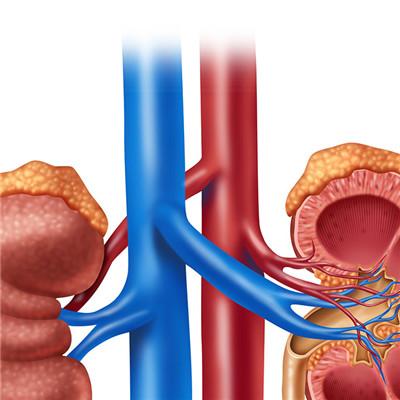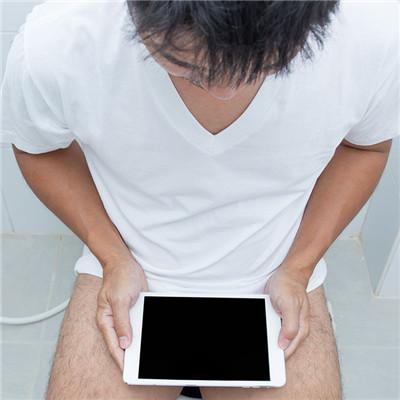How to diagnose spontaneous intraperitoneal hemorrhage?
summary
With the acceleration of the pace of life and the convenience of transportation, there are a lot of accidental vehicle injuries, but some injuries can not be observed through the surface phenomenon. I will introduce how to judge whether there is visceral injury and bleeding. How to diagnose spontaneous intraperitoneal hemorrhage?
How to diagnose spontaneous intraperitoneal hemorrhage?
1. According to the time from trauma to shock, the bleeding of visceral injury can be estimated. Abdominal examination can confirm whether there are signs of peritoneal irritation, such as tenderness, muscle tension and rebound pain. If the mobile mixing is positive, the diagnosis can be made; If blood coagulation can not be extracted by diagnostic abdominal puncture, intra-abdominal hemorrhage is confirmed; Diagnostic peritoneal lavage can improve the diagnosis rate.

B-ultrasound can show the shadow of solid visceral rupture and intraperitoneal hematocele. It has high accuracy and can be used as dynamic observation. CT examination is not affected by gastrointestinal inflation, and it is easy to compare before and after, but it can only be used for patients with stable vital signs. Diagnostic laparoscopy can directly look at the internal organs, and may replace conventional laparotomy with minimally invasive surgery.

The bleeding lesions of spontaneous intraperitoneal hemorrhage are more occult. Early diagnosis is relatively difficult. Most patients with abdominal pain as the first symptom of acute abdomen, a small number of patients with unexplained shock at the beginning of the case to attract the attention of clinicians, often easy to delay treatment.

matters needing attention
Some patients with abdominal apoplexy have no bleeding during the operation, and careful exploration can not find the bleeding site. At this time, we should speed up the expansion and anti shock treatment, and conduct detailed examination after the blood pressure returns to normal, focusing on exploring the tissue covered by clots. If the bleeding can not be found, the drainage tube can be placed in the suspected bleeding site and low abdominal cavity, so as to find the bleeding point in case of postoperative rebleeding.















